Our Place in the Universe
Have you ever wondered where we are in the universe? Are we just a small speck of dust in an infinite abyss or a significant part of something much more significant? In this article, we will explore our place in the universe and how we came to understand our position.

The observable universe is vast, estimated to be about 93 billion light-years in diameter. It contains billions of galaxies, each with billions of stars and countless planets. Our galaxy, the Milky Way, is just one of these billions of galaxies. It is a spiral galaxy with an estimated 100 billion stars. Our solar system is located about 25,000 light-years from the center of the Milky Way, in the Orion Arm.
Our understanding of the universe and our place in it has come a long way from ancient times. Early civilizations believed that the Earth was at the center of the universe and that everything revolved around it. This belief was supported by observations of the stars moving in circular patterns around the Earth. It was not until the 16th century when Polish astronomer Nicolaus Copernicus proposed the heliocentric model, which placed the sun at the center of the universe. This theory drew criticism from the Church, which believed it contradicted the Bible. It was not until the 17th century when Galileo Galilei provided evidence for heliocentrism through his observations of Jupiter's moons. This eventually led to the acceptance of the heliocentric model.
As our knowledge of the universe expanded, we discovered that our sun is just one of billions of stars in the Milky Way, and that our galaxy is just one of billions of galaxies. In the 1920s, American astronomer Edwin Hubble discovered that the universe was expanding and that galaxies were moving away from each other at increasing speeds. This led to the development of the Big Bang theory, which proposes that the universe began with a massive explosion about 13.8 billion years ago.
The Big Bang theory also led to the discovery of cosmic microwave background radiation, which is the remnant radiation left over from the Big Bang. This discovery provided additional evidence for the Big Bang theory and helped scientists better understand the origins of the universe.
Despite our advances in technology and understanding of the universe, there is still much we do not know. We have yet to discover the true nature of dark matter and dark energy, which make up about 95% of the universe's total mass-energy. We also have yet to find evidence of extraterrestrial life, despite the vastness of the universe and the potential for habitable planets.
In conclusion, our place in the universe is small, yet significant. We are part of a vast and expanding universe that began with a massive explosion about 13.8 billion years ago. We have come a long way from our earliest beliefs about the universe and our position in it, but there is still much we have yet to discover and understand. The universe remains a mystery waiting to be unraveled by future generations of scientists and astronomers.

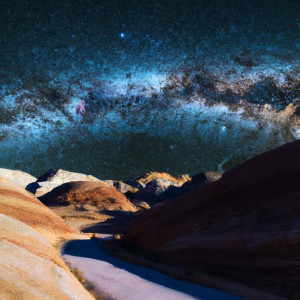
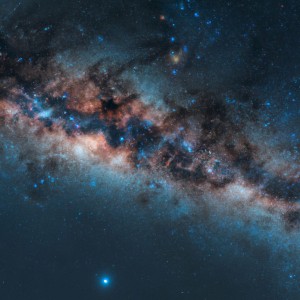



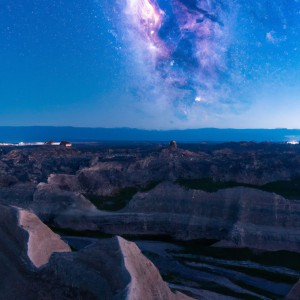


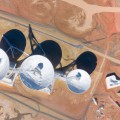
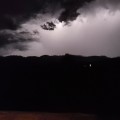


评论